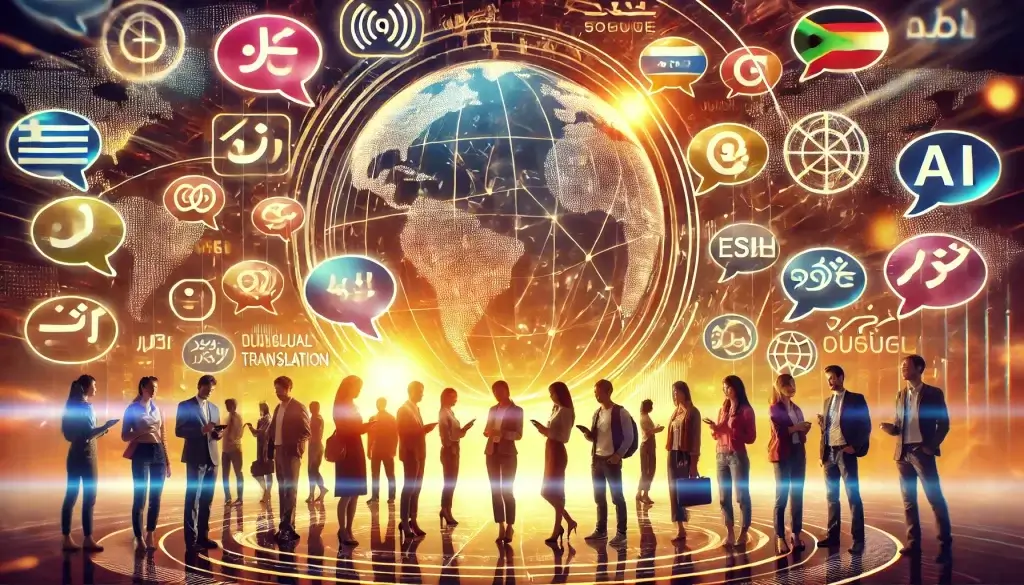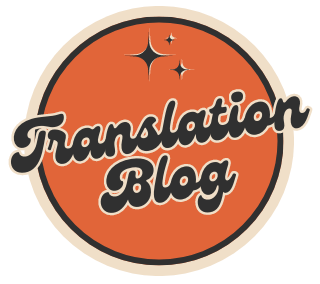In an increasingly interconnected world, multilingual communication has become a crucial factor in fostering global understanding, enhancing business growth, and enabling seamless interactions. Whether in personal, professional, or digital spheres, breaking language barriers is essential for inclusivity and progress. With advancements in technology and a greater emphasis on cross-cultural collaboration, individuals and organizations now have more tools than ever to communicate effectively across different languages.

The Importance of Multilingual Communication
Language plays a fundamental role in shaping our identities, cultures, and ways of thinking. However, linguistic differences can create challenges in interactions, limiting opportunities for cooperation and knowledge exchange. Multilingual communication helps bridge these gaps, allowing individuals to connect beyond linguistic boundaries.
Enhancing Global Business and Trade
In the corporate world, multilingual communication is a key driver of success. Businesses that operate in international markets must interact with clients, partners, and employees from different linguistic backgrounds. By embracing multilingualism, companies can:
- Build trust and rapport with global clients
- Expand their market reach
- Improve customer service and satisfaction
- Strengthen international partnerships
For example, a business that provides multilingual customer support can cater to a broader audience, ensuring that language barriers do not hinder user experience. Similarly, marketing campaigns that are localized and culturally relevant tend to resonate more effectively with target demographics.
Improving Education and Learning
Language barriers in education can prevent students from accessing quality learning materials. Multilingual communication in education helps promote knowledge dissemination across different regions. Schools, universities, and online learning platforms can enhance accessibility by offering courses in multiple languages, ensuring that language is not a limitation to acquiring knowledge.
In addition, bilingual or multilingual education fosters cognitive development and problem-solving skills. Studies suggest that individuals who speak multiple languages tend to have enhanced cognitive flexibility, better memory retention, and improved multitasking abilities.
Strengthening Cultural Exchange and Understanding
Language is a powerful tool for cultural exchange. When people communicate in multiple languages, they gain deeper insights into different traditions, customs, and perspectives. This fosters mutual respect and reduces cultural misunderstandings. Whether through travel, literature, or social media interactions, multilingual communication allows for richer, more meaningful exchanges that celebrate diversity.
Facilitating Digital and Social Media Interactions
The rise of digital platforms has made communication more dynamic, but language barriers still pose challenges. Social media, streaming services, and online content creation require multilingual strategies to reach a global audience effectively. Content creators and businesses are increasingly leveraging technology to provide translations, captions, and subtitles, making their content accessible to non-native speakers.
For instance, a subtitle generator can help content creators provide multilingual subtitles, making videos more inclusive and expanding their reach to a global audience. This is particularly beneficial for educational videos, entertainment content, and corporate presentations.
The Role of Technology in Breaking Language Barriers
Technology has significantly contributed to overcoming language barriers, offering innovative solutions that enable seamless communication across different languages. Some of the most impactful advancements include:
Real-Time Translation Tools
Real-time translation tools have revolutionized communication by allowing users to translate text, speech, and even images instantly. These tools are widely used in business meetings, travel, and customer service interactions. Many smartphones and applications now come equipped with AI-powered translation features, making cross-language communication more accessible than ever.
Artificial Intelligence and Machine Learning
AI-driven language models are continuously improving the accuracy and efficiency of translations. Machine learning algorithms analyze vast amounts of linguistic data to enhance natural language processing capabilities. AI-powered chatbots and virtual assistants can communicate in multiple languages, providing users with instant support and information.
Multilingual Voice Assistants
Voice assistants equipped with multilingual capabilities enable users to interact with technology using their preferred language. These virtual assistants are widely used in smart devices, helping users access information, set reminders, and complete tasks without language constraints.
Automated Subtitling and Transcription
Automated subtitling and transcription services have become indispensable for content creators, educators, and businesses. These tools generate real-time captions, making video and audio content accessible to a diverse audience. They are particularly valuable for individuals with hearing impairments and non-native speakers who rely on subtitles to comprehend content effectively.
Overcoming Challenges in Multilingual Communication
While multilingual communication offers numerous benefits, it also presents challenges that need to be addressed for effective implementation.
Accuracy in Translation
One of the primary challenges in multilingual communication is ensuring the accuracy of translations. Automated translation tools, while advanced, may not always capture the nuances of certain languages. Cultural context, idiomatic expressions, and tone can sometimes be lost in translation, leading to misunderstandings. To mitigate this, businesses and individuals should consider human proofreading and localization services for important communications.
Cost and Resource Allocation
Implementing multilingual strategies can be resource-intensive, especially for small businesses and organizations with limited budgets. Hiring professional translators, developing multilingual websites, and providing multilingual customer support require financial investment. However, the long-term benefits of expanding global reach and improving customer satisfaction often outweigh the initial costs.
Cultural Sensitivity
Effective multilingual communication goes beyond mere translation—it requires cultural sensitivity. Direct translations may not always convey the intended message accurately, and certain phrases or gestures may hold different meanings in various cultures. Businesses and content creators must be mindful of cultural differences to avoid unintended offenses or misinterpretations.
The Future of Multilingual Communication
As globalization continues to shape our world, the demand for multilingual communication will only grow. Future advancements in AI, natural language processing, and machine learning will further enhance language translation and interpretation capabilities.
Additionally, educational institutions and businesses will increasingly recognize the value of multilingualism, encouraging language learning from an early age. Multilingual proficiency will become a highly sought-after skill in the job market, opening doors to diverse career opportunities.
Moreover, technology-driven solutions such as AI-powered voice assistants, real-time translation tools, and multilingual chatbots will become more refined, making cross-language interactions more seamless and natural.
Conclusion
Breaking language barriers through multilingual communication is a powerful step toward a more inclusive and interconnected world. Whether in business, education, cultural exchange, or digital interactions, the ability to communicate in multiple languages enhances understanding, fosters collaboration, and unlocks global opportunities. With the continuous evolution of technology, multilingual communication is set to become even more efficient and accessible, shaping a future where language is no longer a barrier but a bridge to meaningful connections.

